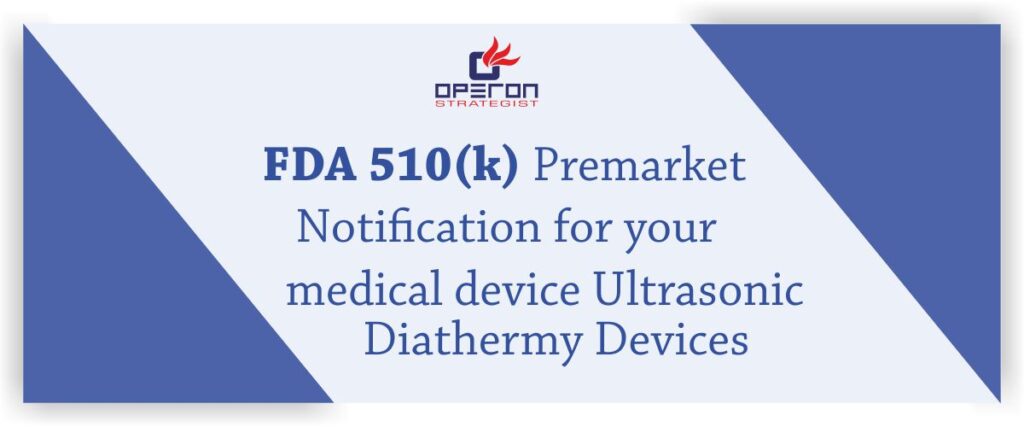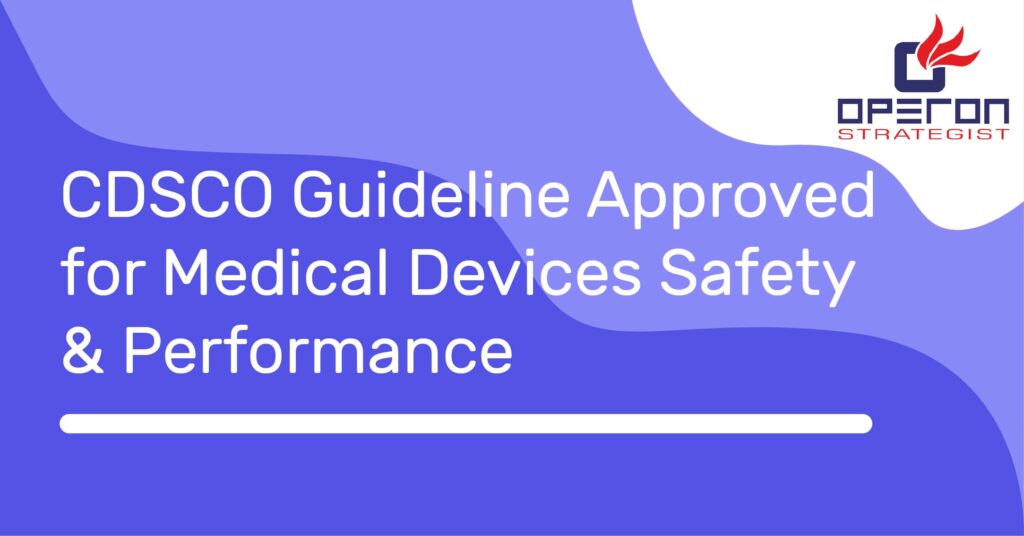What is EU MDR?
The EU MDR, or European Medical Device Regulation, governs the manufacturing and distribution of medical devices in Europe. EU MDR Compliance is mandatory for companies selling in this market. Even if compliant with the older MDD, the MDR introduces significant changes, requiring a proactive approach.
To assist medical device companies, we’ve compiled an article answering nine key questions about the new MDR. It delves into reasons for the update, the structure of the new MDR document, and essential requirements for manufacturers and industry players.
This regulation establishes a comprehensive framework for medical device manufacturing and distribution in Europe. The accompanying FAQ aims to clarify uncertainties, aiding compliance and understanding in the industry.
Looking for EU MDR Consultant?
Let’s have a word about your next project
1. Why Did the MDD Need an Update?
There were many reasons the MDD needed to be updated. For instance, when the MDD came into law in 1992, software as a medical device (SaMD) did not yet exist. Software was something that controlled electric machines, and there were no apps that patients could use to monitor their own health. Demographics have also changed in Europe since 1992, with the population growing older, and there is a growing push for transparency of medical device technical information to the general public. These factors combined are the some of the reasons that the MDD is being replaced with a new directive that will encourage wider compliance with standardized medical device regulations throughout Europe.
2. How is the New EU MDR Structured?
The new MDR document is 174 pages in length. It contains a 13-page introduction, followed by 123 articles in 10 chapters (79 pages), and 17 annexes (80 pages). Compared with the MDD, which was 60 pages in length, the new regulations are much longer and more detailed. In addition to that, there have been published 42 implementing acts, which are used to clarify/implement the MDR and 12 delegating acts, used to modify/amend it.
3. What Are the Major Thematic Changes in the EU Medical Device Regulation?
Compared with its predecessor, the MDD, the new European MDR is less focused on the pre-approval stage of medical device manufacturing, and instead, promotes a life-cycle approach to medical device regulation. While the old MDD essentially served as a manual for how medical device companies could get their CE marking and get to market, the new regulations encourage policies and procedures that elevate the responsibilities of medical device companies for their products throughout the product lifecycle.
The European market comprises 27 member states (not including the United Kingdom) along with others that fall into the European Economic Area (Liechtenstein, Norway, Iceland). The region is inhabited by an aging population of 500 million people, and as populations age, they face greater risks associated with medical device malfunctions and adverse events. This is one of the main reasons that the regulations focus on product life-cycle, not just getting to market.
Looking for an EU MDR Consultant?
4. What Devices Are Covered Under the EU MDR?
The EU Medical Device Regulation (EU MDR) defines the term “medical device” as an “instrument, apparatus, appliance, software, implant, reagent, material, or other article” that is used for any of the following:
Diagnosis, prevention, monitoring, treatment or alleviation of disease, disability, or injury, but not for disability or injury prevention
Investigation, replacement, or modification of an anatomical, physiological, or pathological process
Providing data via in-vitro examination of samples derived from a human body
This definition covers a broad range of existing devices, but that’s not all. The MDR newly specifies certain types of products that need to obtain a CE marking, including products used to clean, disinfect, or sterilize medical devices, and devices used to control and support conception, whether through pharmacological, immunological, or metabolic means.
It is important to consult the regulations directly to determine whether your medical device is covered under the MDR. Even so, you may be spared some of the hardships of compliance depending on your device classification. Under the MDR, Class I devices are exempt from being required to have their QMS audited by a third-party auditor (notified body).
5. What Devices are Covered Under Annex XVI of the MDR?
Annex XVI of the Medical Device Regulation (MDR) encompasses various devices that were not previously considered medical devices but now fall under the regulatory framework. This section expands the scope of products subject to compliance regulations, affecting companies that hadn’t been under such regulations before.
Under Annex XVI of the MDR, the following categories of products are required to comply with MDR requirements:
- Products for use in or on the eye (e.g., contact lenses, eye drops, cosmetic contact lenses)
- Devices introduced into the body via invasive procedures to alter anatomy (e.g., silicone breast implants)
- Substances and products used for facial or subcutaneous fillings
- Equipment utilized in liposuction, lipolysis, or lipoplasty procedures
- High-intensity radiation equipment for tattoo and hair removal
- Devices using electrical or magnetic currents to stimulate the brain
Annex XVI addresses the gaps present in the previous Medical Device Directive (MDD), extending regulation to devices used in procedures that were previously exempt due to their cosmetic rather than medical nature.
6. Is Enhanced Device Traceability and Technical Documentation Required by the EU MDR?
The EU’s Medical Device Regulation (MDR) mandates better device traceability through Unique Device Identification (UDI) for all medical devices in the region. It requires a device identifier (DI) for individual device identification and a production identifier (PI) for batch traceability. Additionally, it introduces databases like EUDAMED, enabling access to updated information on devices for clinical investigations, registration, and post-market surveillance by stakeholders.
7. How Will the MDR Affect CE Markings?
The MDR introduces crucial changes for obtaining and keeping the CE marking for medical devices:
- Device classification now depends on intended use rather than previous methods.
- A designated Person Responsible for Compliance (PRRC) is mandatory under Article 15 of the MDR.
- Manufacturers outside the EU must appoint an Authorized Representative within the region.
- The review process by Notified Bodies is more rigorous, involving three rounds of scrutiny.
- Despite a five-year CE marking validity, ongoing audits, documentation upkeep, and post-market surveillance are mandatory for compliance.
Looking for a CE Mark Medical Device Consultant?
8. How is clinical evaluation impacted by the EU MDR?
The EU MDR brings significant changes to clinical evaluation requirements for obtaining a CE marking:
- Clinical Evaluation Reports (CERs) are now mandatory and must be included in the CE technical file, providing crucial safety and performance data.
- Reclassification may affect certain in vitro diagnostic devices, potentially moving them from a “General” classification to “Annex II List A,” requiring additional scrutiny from notified bodies.
- The scrutiny process involves potential reevaluation of technical documentation for high-risk devices, potentially impacting approval timelines.
- Comparative evaluations under the MDR demand more extensive data analysis to demonstrate product safety and performance, necessitating the collection and analysis of a larger volume of data.
9. How does the new MDR affect my QMS?
Once the new MDR goes into effect in May of 2020, any and all previous “directives” will no longer exist or be applicable to quality systems. Instead, they will have a new name and carry a much more substantial meaning — Regulations. Simple translation is that these changes are now going to be considered laws—similar to FDA medical device regulations.
Manufacturers shall follow what is now known as “General Obligations” to ensure compliance for their quality management systems (QMS). This comprehensive list can be found in the new MDR starting from Article X. As stated in the MDR guidance, manufacturers shall establish, document and implement a quality system, and maintain its effectiveness throughout the entire device lifecycle. There’s also a strong emphasis placed on the management functionality of that QMS for required procedures with document storage, post-market surveillance, and risk assessments of new and existing devices.

-
Operon Strategisthttps://operonstrategist.com/author/snehal/
-
Operon Strategisthttps://operonstrategist.com/author/snehal/
-
Operon Strategisthttps://operonstrategist.com/author/snehal/
-
Operon Strategisthttps://operonstrategist.com/author/snehal/




